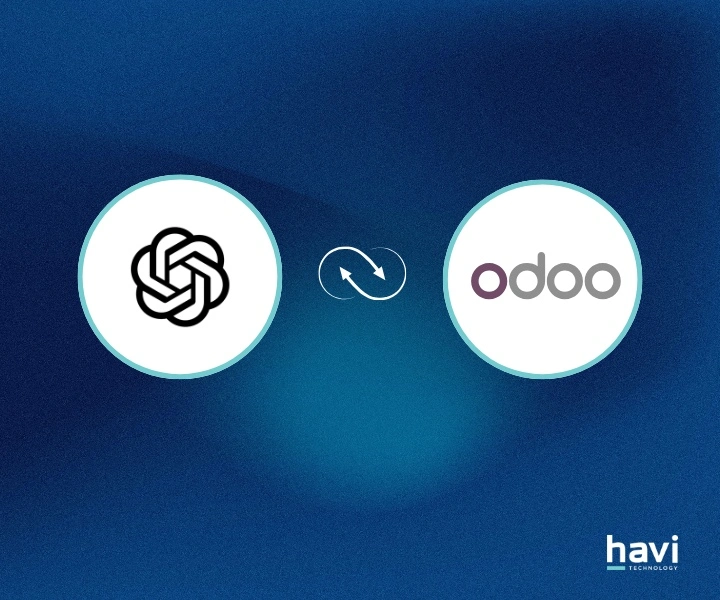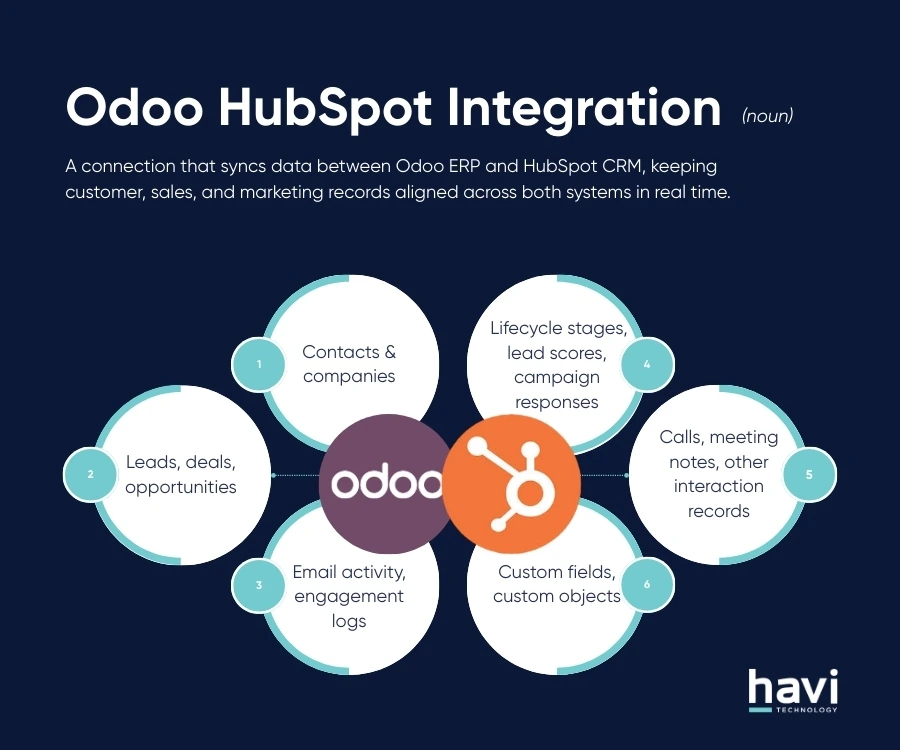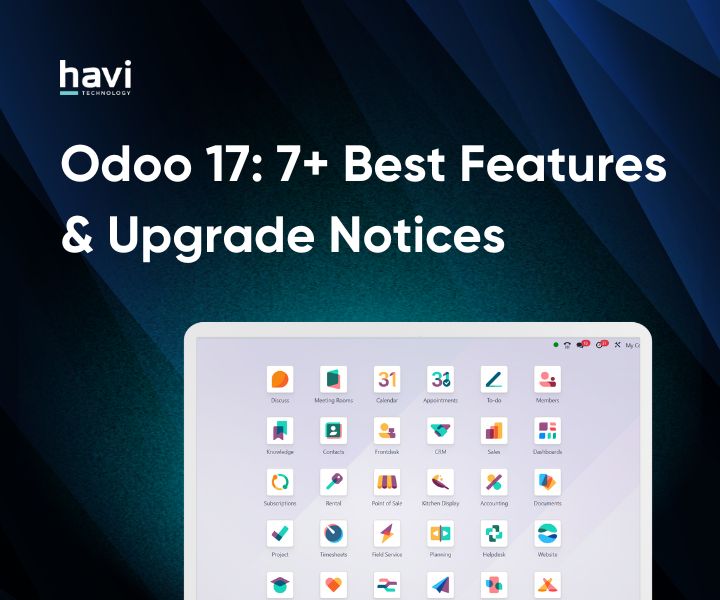TABLE OF CONTENTS
- 1. Website and Customer Experience
- 1.1. Website & eCommerce: Guided Onboarding, New Templates, Google Merchant Sync
- 1.2 Live Chat and Discuss: Expertise Routing, Chat Insights, Status Controls
- 2. Sales, CRM and Subscriptions
- 2.1 Sales: Editable Optional Products, Catalogue Sections, Portal Top-Up
- 2.2. CRM and Marketing: AI Probability, Lead Sources, Kanban Linking
- 2.3. Subscriptions: Prorated Billing, One-Time Sales, Portal Edits
- 3. Inventory, Purchase and Barcode
- 3.1. Inventory and Purchase: Packages within Packages, Forecasted Reports, Suggested Quantity to Replenish
- 3.2. Barcode: Operation Descriptions, Product Source Location, Lot and Serial Number Properties
- 4. Manufacturing, Shop Floor & Planning
- 4.1. MRP: Gantt View, Editable Deadlines, Labour-Based Valuation
- 4.2. Shop Floor & Planning: Barcode Workflows, Shift Scheduling, Routing Edits
- 5. Project, Timesheets and Services
- 5.1. Project and Timesheet: Smart Assign, Mobile Grid View, Priority Alerts
- 5.2. Field Service and Appointments: Calendar View, Technician Tracking, Mass Planning
- 6. HR, Payroll and Expenses
- 6.1. Payroll: Redesigned Engine, Payslip Correction, Unified Master Report
- 6.2. Time Off and Expenses: Odoo Master Cards, Multi-Expense Submission, Complex Duration
- 7. Accounting, Compliance and ESG
- 7.1. Accounting: Peppol Invoicing, Bank Sync, BAS Reports
- 7.2. ESG App: Scope 1–3 Emissions, CSRD Reporting, Auto Category Mapping
- 8. AI, Documents and Sign
- 8.1. AI App: Prompt Commands, Auto Field Completion, Voice and Web Search
- 8.2. Sign and Documents: Bulk Signing, Chatter Integration, Access Controls
- Odoo 19: What’s Coming For Australia?
- 1. Fully compliant Payroll AU with STP Phase 2 and SuperStream
- 2. ABA file payments, Direct Debit for wages/super
- 3. Multi-stream YTD import, backpay, and validations
- 4. 2025–26 tax rules, STSL changes, ATO security
- 5. Peppol invoicing, GST toggle, fringe benefits, BAS automation
- 6. Tyro integration
- 7. Roadmap: SBR BAS lodging, Open Banking, PEL Access, Fiduciary Program
- Odoo 19’s FAQs For Australian Teams
- 1. How should Australian businesses prepare?
- 2. How is Odoo 19 different from Odoo 18 in Australia?
- 3. How can AI in Odoo 19 be tailored for real business outcomes?
- 4. How can I try Odoo 19 or upgrade from my current version?





Odoo and WooCommerce integration enables a unified workflow where customer orders, stock updates, shipping fees, and fulfilment are handled automatically and consistently between your WooCommerce storefront and Odoo.
In fact, from our experience supporting growing retail and B2B businesses across Australia and APAC, Odoo and WooCommerce integration improves fulfilment speed, reduces manual errors, and enhances visibility across channels.
In this article, we’ll explore:
4 Notable Benefits of Odoo WooCommerce Integration
1. Seamless order processing & fulfilment
With this integration in place, WooCommerce orders are instantly recorded in Odoo — removing manual steps and enabling faster, more accurate fulfilment.
Traditionally, when a customer places an order on your WooCommerce store, you have to manually enter that order into Odoo to update inventory and manage shipping. Once WooCommerce and Odoo are connected, this process is automated. It triggers real-time inventory updates and fulfilment workflows within Odoo, reducing errors and ensuring faster delivery to customers.
Let’s take an example of a bakery. Assume that a customer places an order for 10 blue cheese cupcakes. The Odoo Inventory system will automatically reflect the stock decrease. This helps the bakery owner prepare a decent amount of ingredients on hand to fulfil any orders and avoid disrupting customer experience.
2. Centralised customer data management
Integrating WooCommerce with Odoo consolidates customer data into one central system for easier management and better service.
All customer information — such as order history, contact details, and communication logs — automatically flows from WooCommerce into Odoo. This allows businesses to interact with customers from a single platform, personalise marketing campaigns, and make data-driven decisions. With real-time data access, your team can deliver targeted offers, reward loyal customers, and build stronger relationships.
3. Streamlined data flow & inventory control
Odoo WooCommerce integration ensures real-time inventory synchronisation, helping prevent stock discrepancies and overselling.
When a sale happens in WooCommerce, inventory levels in Odoo update automatically, allowing you to maintain accurate stock across your business. This real-time sync helps store owners monitor product availability, trigger timely reorders, and deliver a consistent shopping experience.
Assume that when the owner of the clothing store integrates Odoo with his WooCommerce store, the stock control trigger automatically updates in the Odoo system. When a shirt is placed online, Odoo automatically reduces the stock count for it with the particular size and colour. This process enables the owner to see in real-time the amount of shirts left in stock and reorder the items before they run out.
4. Scalability & growth potential
This integration allows your business systems to scale smoothly as product lines, customer orders, and operations grow.
When your business grows, managing more SKUs, promotions, and order volume can become challenging. This integration helps you scale seamlessly — leveraging WooCommerce’s flexible architecture and Odoo’s modular design to match your evolving needs.
You can enhance your online store with WooCommerce extensions while activating new Odoo modules (e.g., Purchase, Accounting, or Marketing) to manage additional workflows, teams, or customer touchpoints — all without disrupting existing operations.
Now let’s explore 7 real-world workflows enhanced by Odoo WooCommerce integration — based on our hands-on experience with Australian businesses.
5 Havi-Enhanced Workflows for Odoo WooCommerce Integration
Below are five typical workflows — supercharged by Havi — that Australian businesses can expect when implementing this integration, each designed to improve accuracy, speed, and visibility across their online and back-office operations.
Product and Inventory updates
Integrating Odoo with WooCommerce enables product information and inventory levels to be synchronised between Odoo and WooCommerce to ensure consistency across sales and operations.
Automated order synchronisation
WooCommerce orders are automatically created in Odoo, enabling real-time visibility and tracking from purchase and payment to fulfilment.
Centralised customer data
Integrating Odoo with WooCommerce enables you to maintain a centralised customer database across all online and offline touchpoints.
Price list and customer pricing sync
Odoo-defined price lists are applied directly to WooCommerce, allowing for customer-specific pricing rules and tiered discounts to be enforced at checkout.
Promotions and voucher sync
Promotional campaigns and voucher codes can be synced between Odoo and WooCommerce to ensure consistent application across both platforms.
Now that you’ve seen how the core workflows function, let’s look at how a real Australian business applied them to simplify complex operations, speed up delivery, and achieve real-time visibility — using Odoo and WooCommerce in tandem.
Case Study - An Australian Landscaping Materials Supplier Utilising Odoo and WooCommerce Integration
An established landscaping and outdoor materials supplier in Brisbane, Australia, partnered with Havi to solve a familiar challenge — disconnected systems causing inefficiencies across online sales and back-office operations. Known for their on-time delivery and broad product range, the client needed a solution that could unify operations, simplify workflows, and support their plans for future growth.
Why did this landscaping materials supplier integrate Odoo with WooCommerce?
Integrating WooCommerce with Odoo created a single, unified system that transformed how this Brisbane-based landscaping supplier managed online sales, inventory, and customer fulfilment. The business had previously operated both platforms separately, which led to inefficiencies that became unsustainable as their product range expanded and customer demand increased.
By partnering with Havi, the client streamlined their core workflows and set the foundation for scalable growth. The integration allowed their teams to eliminate duplication, reduce errors, and improve response times — from online order to delivery.
Key improvements were seen in four critical areas:
This integration not only solved their immediate challenges but also gave the business a flexible, future-ready platform to support ongoing growth. To help you choose the right approach, let’s break down two common integration methods we recommend based on scale, complexity, and business goals.
2 Common Odoo WooCommerce Integration Practices
Choosing an Odoo integration approach depends on your technical experience and business scenario. Let’s break down the 4 most common practices:
1. Direct API integration
Performing this method means that you will directly integrate your Odoo system with the WooCommerce store using their APIs. These API keys enable two platforms to exchange data and work together.
Should you conduct it: If you manually implement this, you need high technical experience in programming languages like PHP on WooCommerce or Python in Odoo. This case is ideal for users or developers who are familiar with custom coding and building integrations. Consider these notes:
2. Professional support
Asking for professional help from Odoo or WooCommerce experts is the most suitable choice for businesses with complex integration requirements. We recommend you work with a WooCommerce or Odoo service provider to build custom workflows and develop a solution that best fits your business scenario.
Should you conduct it: If you are not tech-savvy and have a complex data structure or custom needs, this is the most reliable solution. Consider these points:
Test Your Results After The Integration
Careful testing is important to ensure your Odoo WooCommerce integration workflows run smoothly and avoid post-integration bottlenecks. Take notes on these 5 areas:
What to Know about Odoo WooCommerce integration for Australia?
Can I manage multiple WooCommerce stores with one Odoo system?
Yes. The integration supports multiple WooCommerce stores, allowing you to manage inventory, orders, and customer data from all stores centrally within Odoo.
Is Odoo WooCommerce integration suitable for Australian tax and compliance needs?
Yes. The integration supports Australian tax rules, including GST, and can be configured for ATO compliance. Odoo’s accounting module allows BAS reporting and integrates with Australian payment gateways and shipping providers.
How much does Odoo WooCommerce integration cost?
Costs include integration setup fees, customisation, and ongoing support. Pricing varies depending on project scope, so it’s best to request a tailored quote.
Odoo WooCommerce integration connects your store and backend in real time — so you can manage inventory, orders, and customer data effortlessly, even across multiple stores. Book a free consultation to discover how this integration can simplify your workflow and support your business growth.